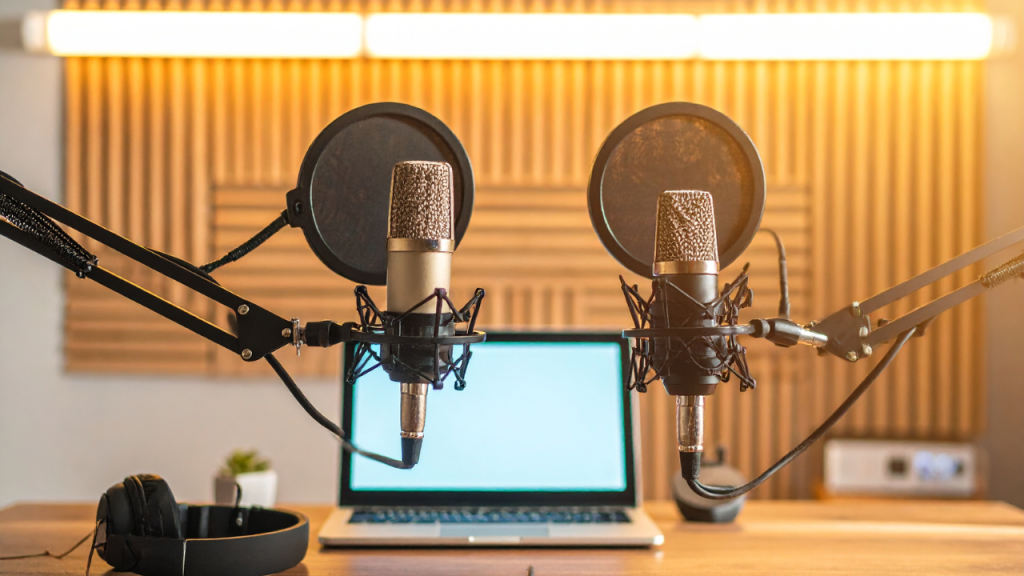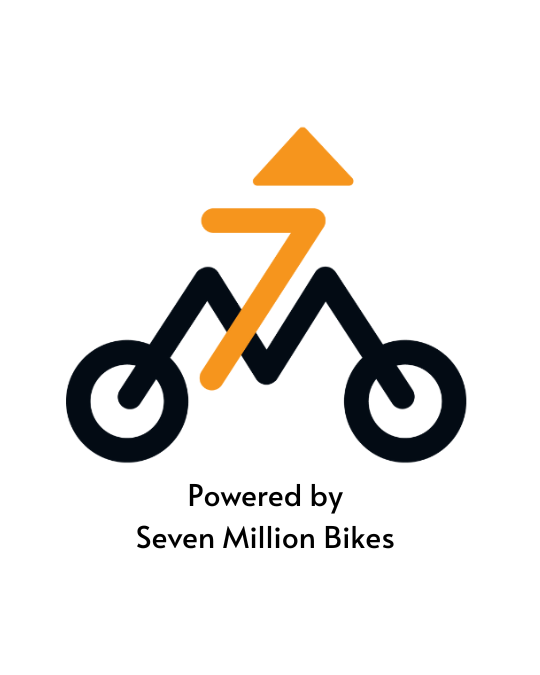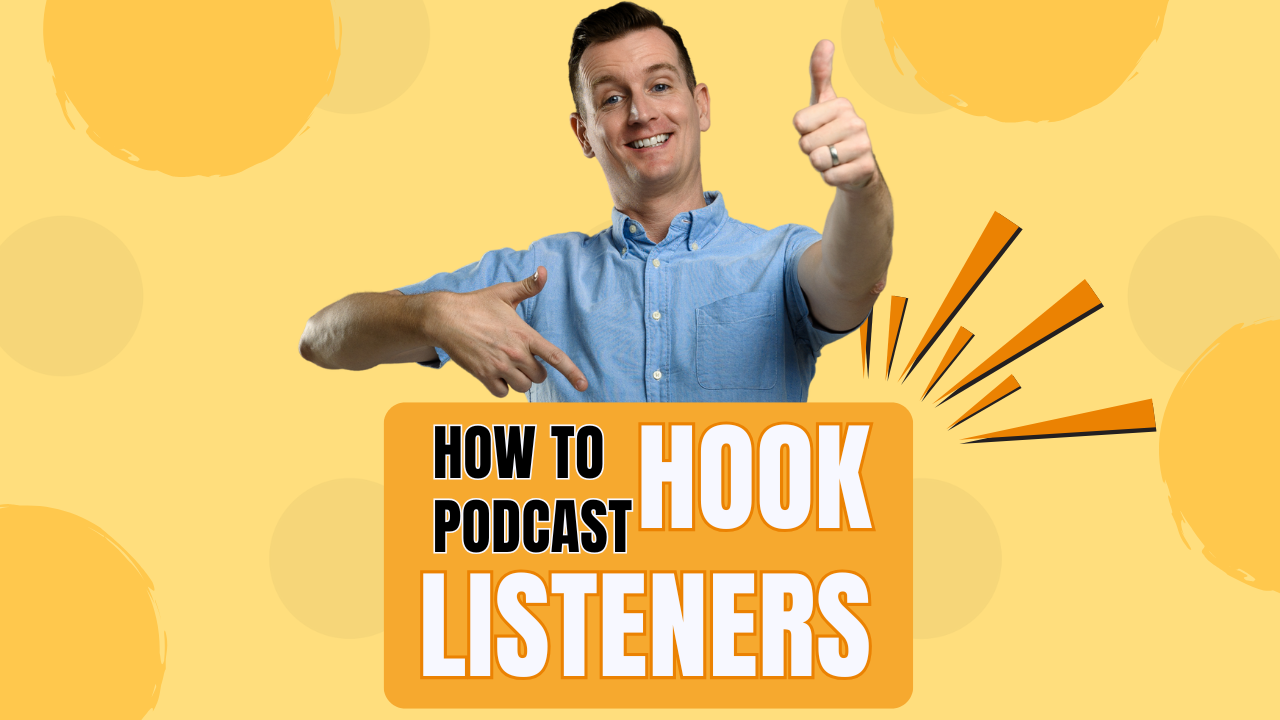Hi, I’m Niall Mackay, founder of Seven Million Bikes Podcasts and owner of Saigon Podcast Studio.
After producing hundreds of episodes for creators and brands, one thing is clear: the first 30 seconds can make or break your podcast.
If listeners don’t feel hooked in that short window, they’ll skip or leave before the real value begins. But if you get those first moments right, they’ll stay, subscribe, and keep coming back for more.
In this post, I’ll show you how to create a strong opening that helps hook your listeners, using practical, real-world podcasting experience and proven storytelling techniques.
Why the First 30 Seconds Matter
Think about how you scroll through YouTube or Spotify. You give a video or song just a few seconds to impress you before moving on. Podcast listeners do the same.
According to listener analytics from platforms like Apple Podcasts and Spotify, most drop-offs happen in the first 30 to 60 seconds. That’s when they decide whether your show feels professional, engaging, and worth their time.
Those early moments form a first impression. A slow, unpolished, or unclear start tells listeners your episode might not be worth sticking around for. A confident, engaging opening signals:
“This podcast has something valuable for you. Don’t go anywhere.”
Your goal is to earn their attention fast and then keep it.
Start with a Strong Hook
The hook is your opening moment. It should grab the listener’s attention right away and make them curious about what comes next.
Here are a few proven ways to start strong:
1. Ask a Powerful Question
Questions pull listeners in because they naturally want answers.
For example:
“Why do most podcasts lose their audience before the one-minute mark?”
Right away, you’ve planted curiosity. Listeners want to hear your answer.
2. Drop a Bold Statement
A surprising fact or strong claim can stop people from skipping ahead.
“Almost 70% of podcast intros are too long, and it’s costing creators thousands of listeners.”
This type of statement makes people think, “Wait, is that true? I need to know more.”
3. Use Sound to Set the Mood
You don’t always need words.
Try a short music cue, sound effect, or a teaser clip from later in the episode. For example, if your guest says something funny or emotional later, use that as the opening clip. It creates intrigue.
The key is to avoid long, generic intros. If your episode starts with 20 seconds of theme music and you saying “Welcome back to another episode of…,” you’ve already lost people. Get to the good stuff fast.
Pro tip: Record three different hooks for each episode. Ask a few friends or listeners which one makes them want to keep listening. The best podcasts constantly test and refine their intros.

Tell Them What’s Coming
Once you’ve grabbed attention, quickly set expectations. People stay longer when they know what’s coming and why it matters to them. Think of this as your “promise” to the listener. You’re saying:
“Here’s what this episode is about, and here’s why you’ll love it.”
Keep it short, 10 to 15 seconds max. Mention your guest, the main topic, or the key takeaway. Example:
“Today, I’m chatting with a comedian who turned viral fails into a career. We’ll talk about how he learned from rejection and built a loyal audience along the way.”
It’s simple, clear, and makes the listener want to hear the full story.
Avoid vague intros like:
“We’ve got an interesting episode today, so stick around.”
Instead, give them a reason to stay, something that connects emotionally or intellectually to their needs.
Match Energy and Authenticity
Listeners can sense when you’re being genuine. They can also sense when you’re forcing it.
Your energy should match your content. If your topic is fun or casual, bring that warmth and enthusiasm. If it’s serious or emotional, slow down and speak with calm confidence.
The goal isn’t to sound like a radio DJ, it’s to sound like you.
Here’s the secret: people don’t just follow podcasts; they follow personalities. When they feel your sincerity, they’ll keep coming back.
Don’t worry about being perfect, focus on being present. Take a deep breath before hitting record. Smile when you talk. It really does come through in your voice.
If you’re nervous, record a quick “warm-up intro” just to loosen up. You might even use a natural, unscripted take, those often sound the most authentic.
Use Music and Editing to Build Flow
A great intro isn’t just about what you say, it’s also how it sounds. Music, pacing, and editing all help shape a listener’s experience.
Here are some simple but effective production tips:
- Add music that fits your tone. Light acoustic for relaxed shows, upbeat electronic for business or tech, or minimal piano for storytelling.
- Keep the intro short. Your theme song doesn’t need to play for 20 seconds. A quick 5–7 seconds is enough to set the vibe.
- Edit tightly. Remove filler words, long pauses, or rambling. If it drags, trim it down.
- Fade in naturally. Don’t hit listeners with a loud track, let it flow from music to voice smoothly.
Listeners value professionalism. A crisp, clean opening shows that you respect their time.
If you can, use simple tools like Descript, Audacity, or Adobe Audition to polish your sound. Even small edits, like reducing silence or balancing volume, make a big difference.

Make the Listener Feel Involved
When listeners feel like part of the conversation, they’re less likely to leave.
You can do this by:
- Speaking directly to them (“You’ll love this next part”).
- Mentioning your community or regular listeners.
- Asking questions they can reflect on as they listen.
Example:
“Think about your last big project. How did you handle the pressure? My guest today went through the same thing, but with millions watching.”
That kind of line creates a connection. It makes the episode about them, not just you or your guest. You can also invite engagement at the end of your intro:
“Stay tuned, and after the show, tell me your thoughts on Instagram.”
This gives them something to look forward to and builds a habit of returning.
Practice, Review, and Improve
Even experienced podcasters keep refining their intros.
The more you test, the better your results.
Here’s a simple improvement process:
- Listen to your first minute from a listener’s perspective.
Would you stay or skip? - Check your analytics. Look for where people drop off.
- Ask for feedback. Friends, fans, or even strangers can spot things you miss.
Keep testing different approaches. Try cold opens, teasers, or sound bites to see what works best.
Remember: small tweaks in your first 30 seconds can lead to big gains in retention and growth.
Common Mistakes to Avoid
- Long, generic intros: No one needs a 20-second welcome speech or sponsor read before the content.
- Low energy: A flat tone or slow start signals boredom.
- Too much backstory: Jump into the value right away.
- Ignoring the audience: Make it about what they gain from listening.
- Poor sound quality: Static, echo, or uneven audio will turn people off instantly.
If you fix just these five things, you’ll already be ahead of most podcasts out there.
Tips: How To Write A Podcast Intro To Sound Like A Pro 2025
Turn First Impressions into Loyal Fans
The magic of podcasting is intimacy; your voice is right in someone’s ears. When you use that space well, you can build deep trust fast.
Those first 30 seconds aren’t just about attention, they’re about connection. You’re saying to your listener:
“You’re in the right place. I’ve got something worth your time.”
That’s powerful.
So the next time you record, focus on:
- A strong, clear hook.
- A quick, honest preview.
- The right tone and pacing.
- Tight editing and flow.
When you do, you’ll see your retention rates rise, and your audience will start staying to the very end.
Final Thoughts – How to hook your listeners
Podcasting isn’t about tricks, it’s about people.
If you start strong, stay real, and keep improving, your listeners will not only stay past the first 30 seconds, they’ll become loyal fans.
And if you want professional help crafting high-quality intros, recording in a great environment, or editing your show for that perfect sound, visit Saigon Podcast Studio.
We help creators and businesses produce podcasts that sound great and keep listeners hooked, from the very first second.


